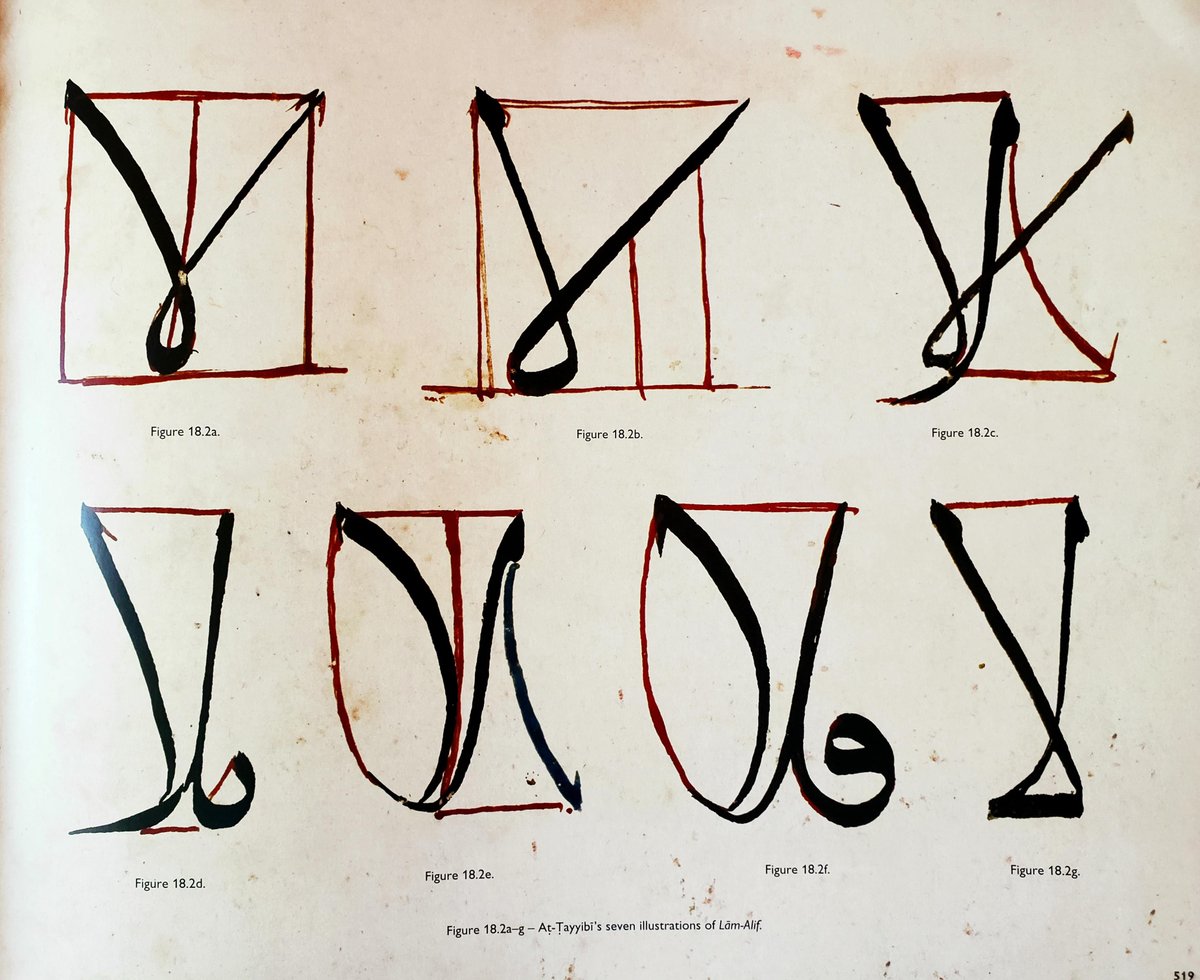
Arabic prof @BYU Editing @ Journal of Arabic Literature (@degruyter_brill) Words @NewLinesMag @ForeignPolicy @LAReviewofBooks. إذا سمعت أدباً فاكتبه ولو في حائط
How to get URL link on X (Twitter) App





 … comes from a kind of cloth, “tabby” weave, i.e. plain weave, in which the warp and weft threads form a simple criss-cross pattern. This weave is used in everything from coarse canvases to gauzy muslins (including taffeta, hence “taffeta weave”)… 2/5
… comes from a kind of cloth, “tabby” weave, i.e. plain weave, in which the warp and weft threads form a simple criss-cross pattern. This weave is used in everything from coarse canvases to gauzy muslins (including taffeta, hence “taffeta weave”)… 2/5 



 The words on the board are "states" of being (aḥwāl) in mystical thought. Some are positive, e.g. ṣabr, "patience," and lead closer to God, while others are negative, e.g. nifāq, "hypocrisy," and lead away from Him, with the final goal being divine "union" (wiṣāl). 2/2
The words on the board are "states" of being (aḥwāl) in mystical thought. Some are positive, e.g. ṣabr, "patience," and lead closer to God, while others are negative, e.g. nifāq, "hypocrisy," and lead away from Him, with the final goal being divine "union" (wiṣāl). 2/2